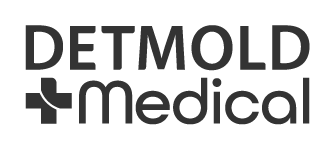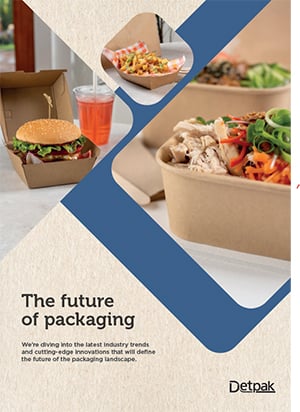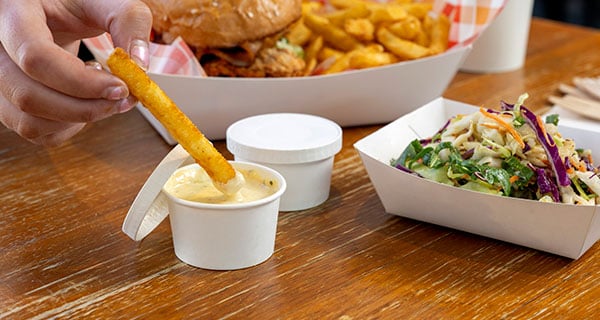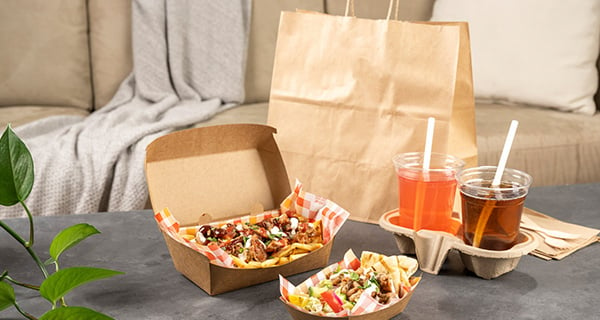The packaging industry has experienced significant changes over the past few years, spurred by a need to meet changing consumer demands and regulatory changes. As a result, manufacturers are embracing sustainable materials and harnessing technology, which has led to packaging and material innovations.
Let’s take a look at some of the latest food packaging trends and predictions for the future of food packaging.
Key trends and innovations that shaped packaging in 2024
From material innovations to technological advancements, here are some of the key food packaging trends that have revolutionised the industry in recent times.
Material innovation: Fibre-based packaging
Innovations in fibre-based packaging provide a sustainable alternative to traditional plastics. Paper-based packaging, including wraps, cartons and bags, is valued for its versatility, sustainability and ability to support branding needs. With more consumers prioritising recyclable packaging, brands are looking to reduce their single use plastic to further align themselves with their customers’ needs.
Technological advancements have enhanced the durability and functionality of fibre-based materials, making them viable for a number of applications.
Food delivery: Rise of e-commerce
The rapid growth of e-commerce has transformed packaging, driving demand for durable, sustainable solutions that protect products during transit while reducing environmental impact. Businesses are adopting sustainable materials and optimised designs to meet rising online order volumes and align with consumer expectations for sustainability.
In terms of the global e-commerce packaging market, food and beverage packaging leads market share due to increasing online orders, brand loyalty initiatives and consumer preferences. Packaging now plays a critical role in enhancing product safety, minimising shipping costs and reinforcing brand identity, underscoring its importance in the e-commerce growth.
Technological advancements: AI and interactivity
Technological advances in packaging, like smart packaging, now enable real-time monitoring of product freshness and integrity, enhancing efficiency, cost savings and customer satisfaction. The rise of e-commerce has spurred the adoption of technologies such as AI, the Internet of Things (IoT) and sensors in packaging. These tools improve tracking, predictive maintenance and supply chain optimisation while supporting sustainability by reducing waste and meeting ethical standards.
AI also transforms packaging into an interactive platform through AR, QR codes and immersive experiences, delivering product details and brand stories. In food services, technology reshapes consumer interactions, from online decisions to social media storytelling, pushing brands to integrate seamless, tech-driven experiences.
Sustainability amid legislative pressures
Sustainability has become a key focus for businesses under growing legislative and consumer pressures, influencing product design and supply chains. Companies must adopt sustainable practices and comply with regulations to minimise environmental impacts, maintain trust and meet market expectations.
Clear labelling of materials and certifications is key to avoiding greenwashing and building consumer confidence. While upfront costs are a concern, sustainable practices bring long-term benefits, including lower operational costs, stronger brand reputations and enhanced customer loyalty.
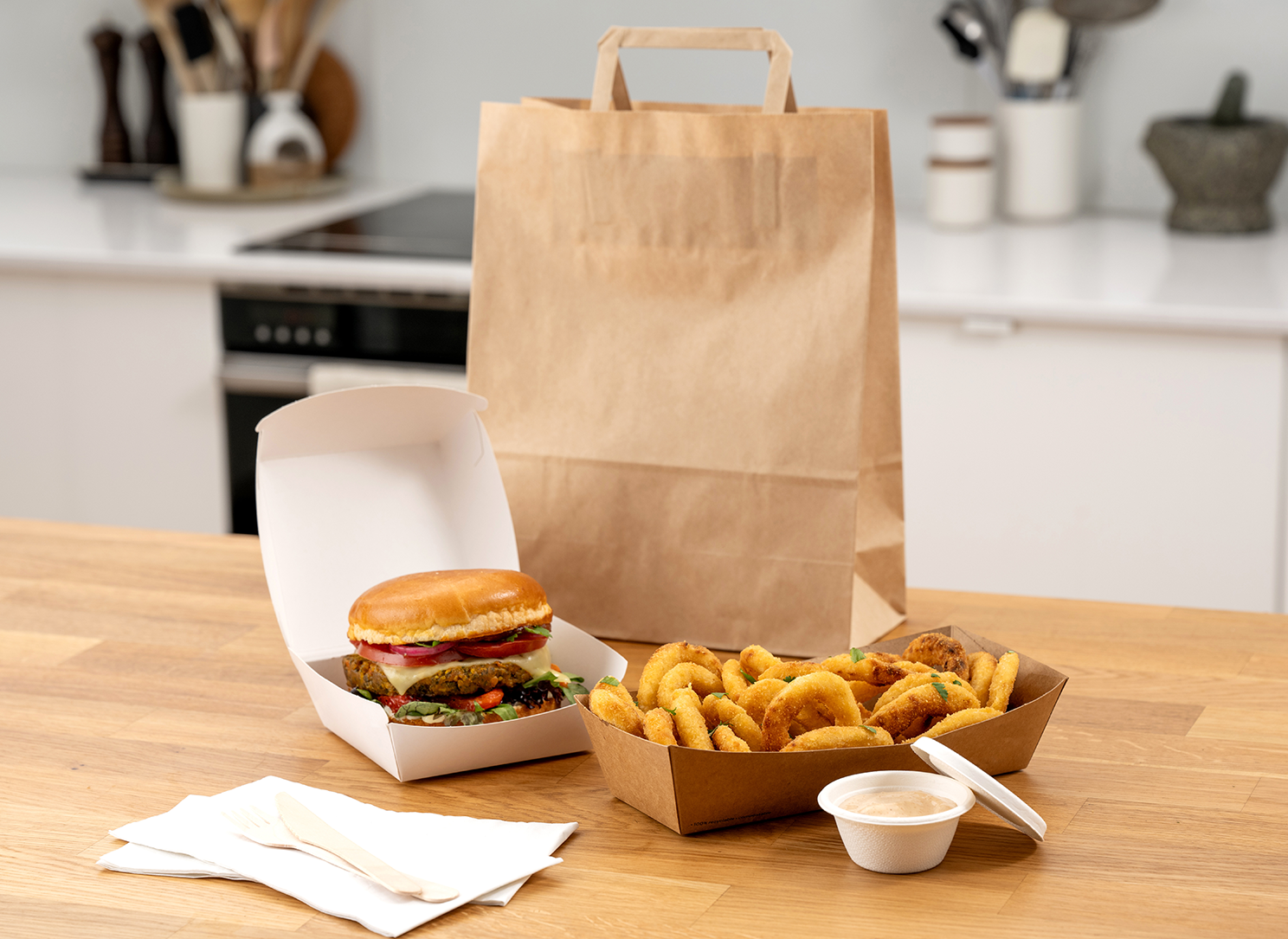
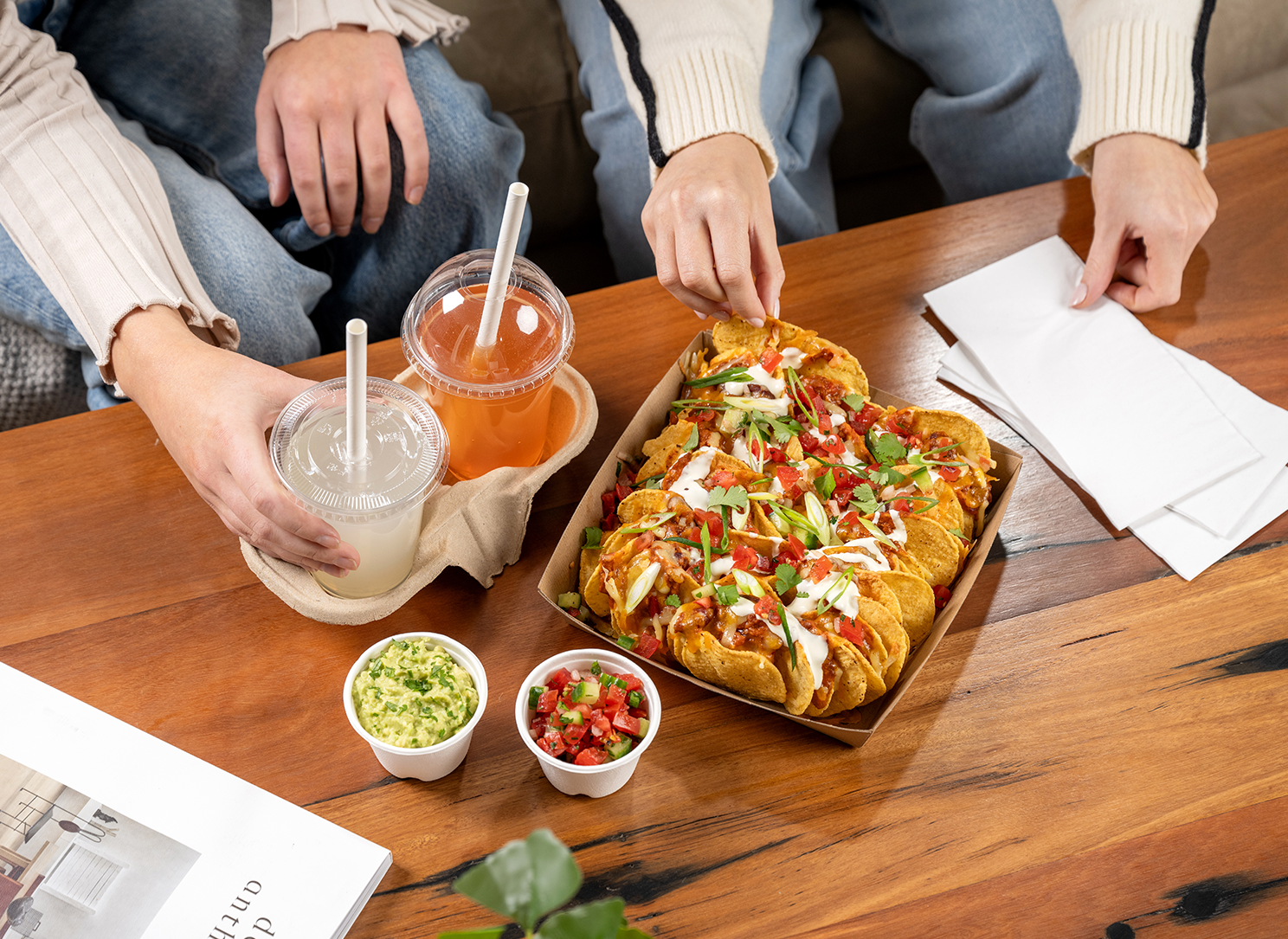
Food packaging in 2025 and beyond
As we approach the end of 2024, food packaging manufacturers now have their sights set on 2025 and into the future. The packaging industry is set to be shaped by ongoing transformation and stricter environmental regulations, so future packaging trends are likely to continue to build on the current focus on sustainability, technology and consumer engagement.
Here’s what we expect to see in the future of food packaging.
Internet of packaging
Manufacturers will continue to embrace technologies such as QR codes, RFID tags and augmented reality (AR) to enhance consumer interaction and product transparency. These innovations allow real-time tracking, anti-counterfeiting measures and engaging digital experiences for customers, including tutorials, discounts or exclusive content.
But that’s not all, with the Internet of Packaging comes the ability to deliver real-time updates on food conditions, including temperature, location and humidity, enabling businesses to ensure optimal transport and storage.
Circular packaging
The shift away from traditional plastics continues with an emphasis on compostable materials like paper, polylactic acid (PLA), and sugarcane. Circular packaging systems, which include reusable, recyclable and compostable options, are essential to minimising waste and aligning with sustainability goals and legislation.
Packaging manufacturers are looking to close the loop, reducing waste and pollution. Ultimately, the aim is to keep packaging materials at their highest value for as long as possible.
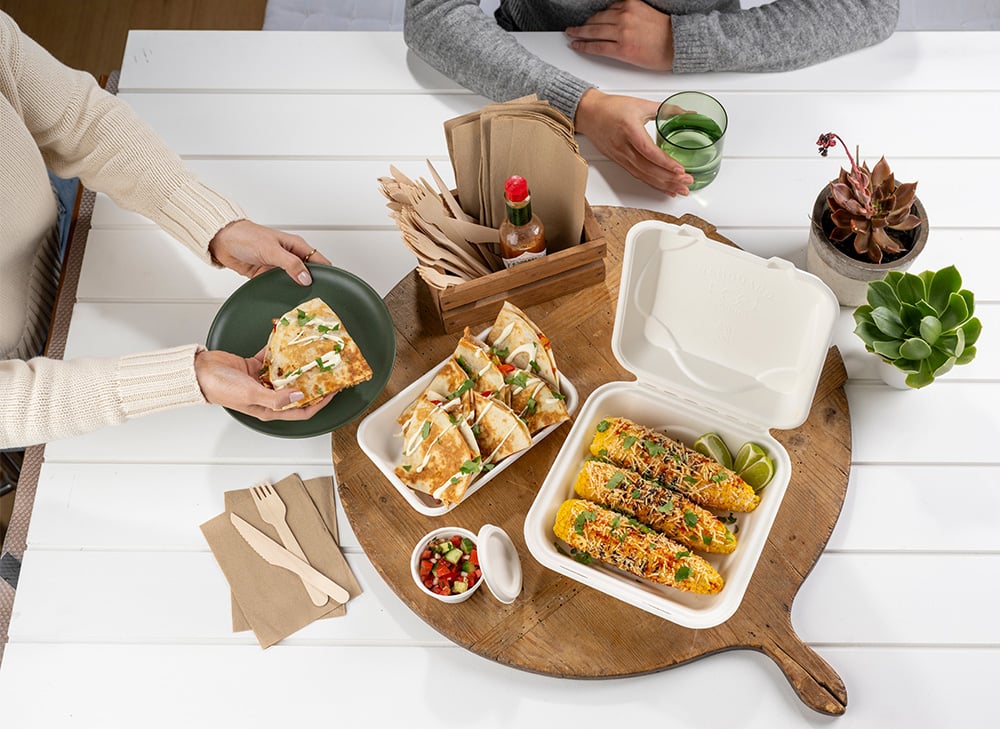
Packaging transparency
As consumers become increasingly conscious of their environmental impact, they’re becoming more aware of their food packaging and where it comes from. With this in mind, many manufacturers are providing clear supply chain information and disclosing where the raw materials have been sourced.
At Detpak, we’ve embraced packaging transparency by listing important information regarding each product's raw or base material, its lining, and whether it’s sustainable, compostable or recyclable. This helps our customers to make informed decisions that align with their business needs as well as stay up to date with current legislation.
Life cycle assessments (LCA)
Manufacturers aren’t just focusing on how to improve the end-of-life stage of packaging, they’re considering the environmental impact at all stages of the production process. From sourcing raw materials and the manufacturing phase to transporting goods to consumers, manufacturers are starting to take a more holistic approach to the overall process.
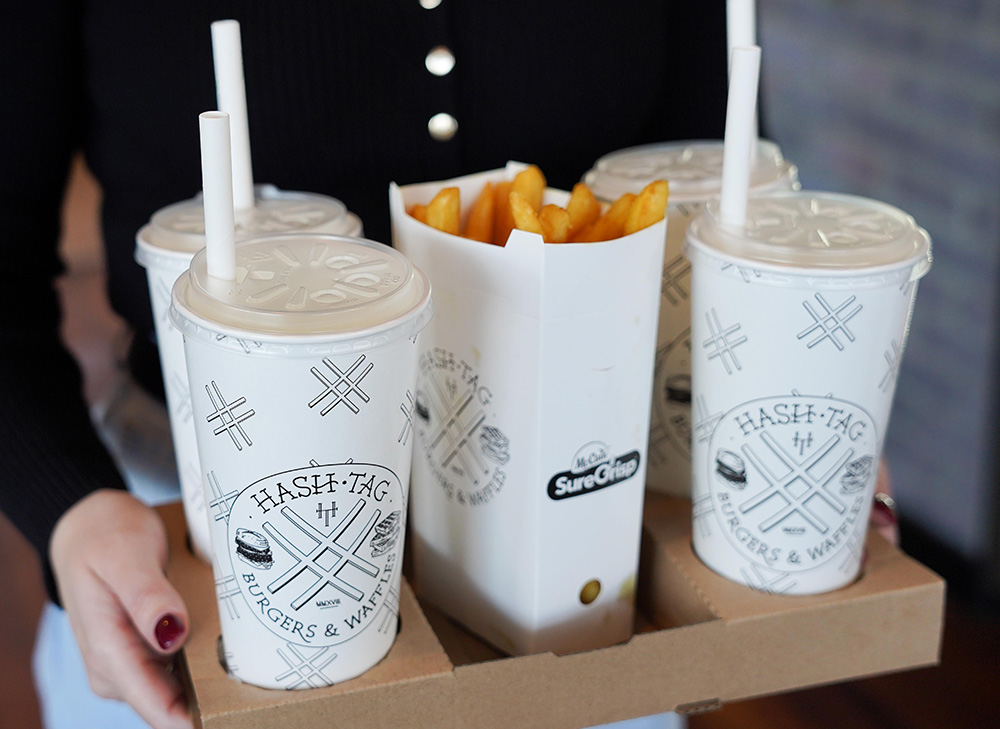
Personalisation in e-commerce
As online shopping and food delivery services grow, customised packaging tailored to brand identity and memorable unboxing experiences are becoming essential. This trend helps to create a stronger emotional connection between consumers and their online audience, and your business, driving customer loyalty.
Automation and AI in packaging
Automated systems powered by AI are optimising packaging processes, from design and material selection to logistics. This approach improves efficiency and reduces costs, making advanced packaging accessible to more businesses.
Embrace the future of food packaging with Detpak
At Detpak, we offer a wide range of sustainable packaging solutions to meet different needs. They’re responsible by design, incorporating sustainably sourced packaging materials that are recyclable or compostable to help you minimise your environmental impact. Explore the full range today.
